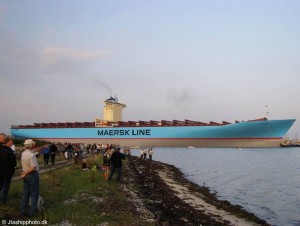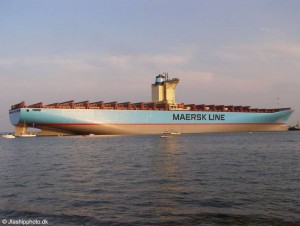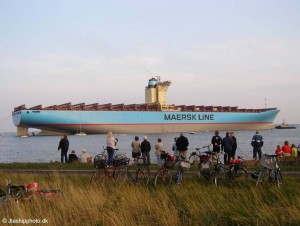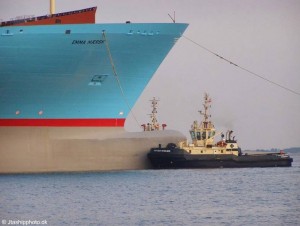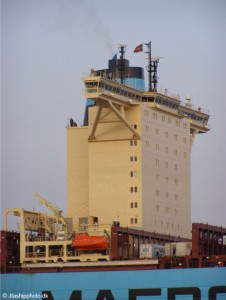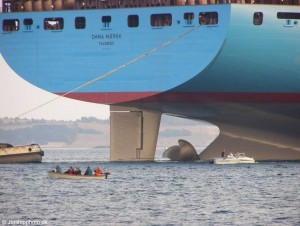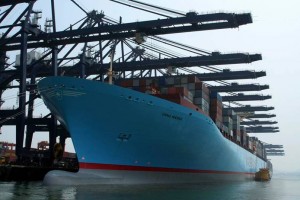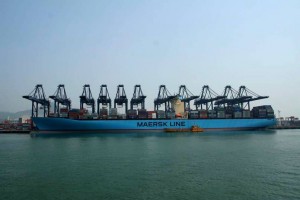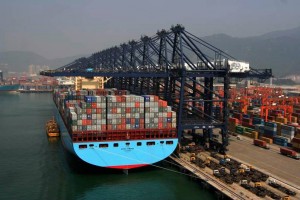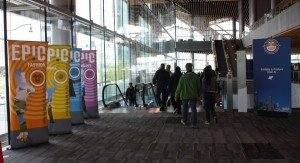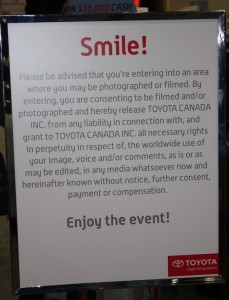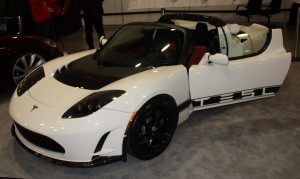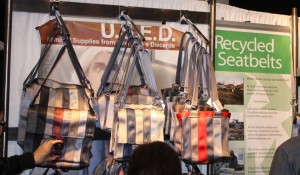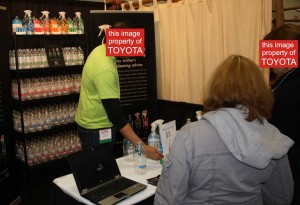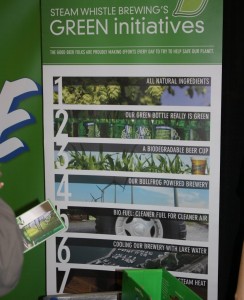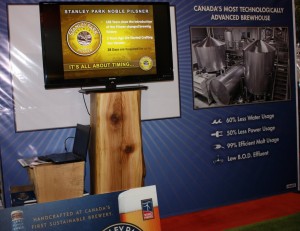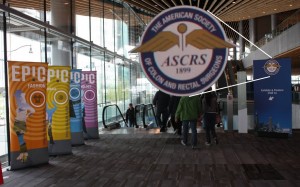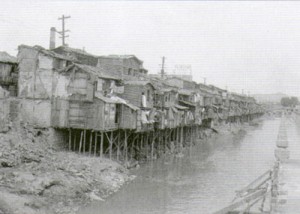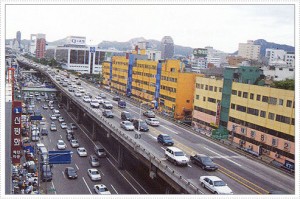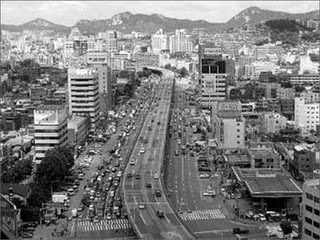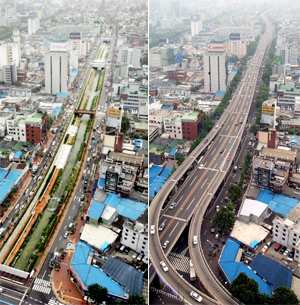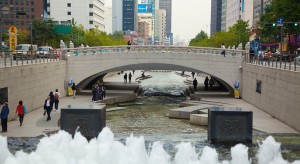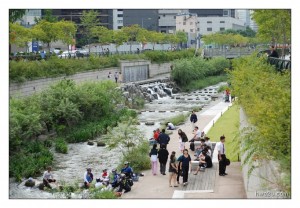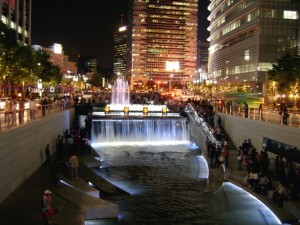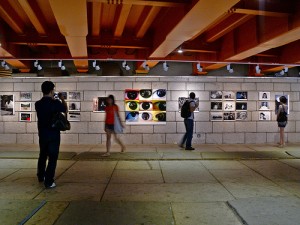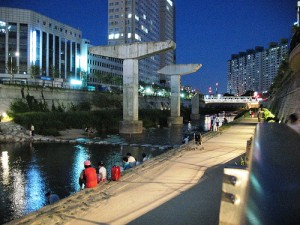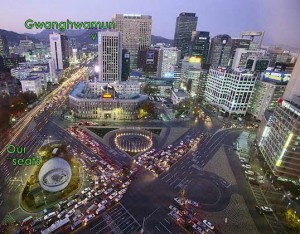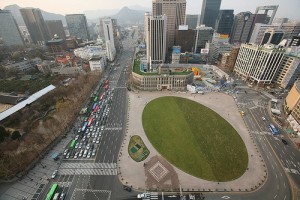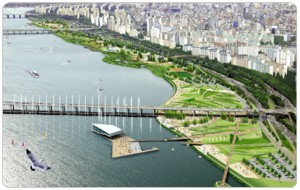It was quite the full day! Besides taking tickets, helping promote the NWEP at the booth, and visiting with folks, I still got to see most of the films, although I did not get to spend as much time in the Q&A sessions as I would have liked.
The day began with a short called “The Most Livable City”, which talked about one of those little social development topics most people just don’t think of – where to the City’s homeless, and those living in run-down decrepit SROs, go to get a drink of water? The City has few operating fountains in the summer, and even fewer in the winter. Public washroom facilities are few and far between. Vancouver City Councillor Andrea Reimer raises the point that the City has purposely removed these types of things to discourage drug use… how’s that working out?
The main morning feature was “Tapped” – about the bottled water industry. A topic I have mentioned here in the past. If I was to review the movie (um… which I guess I am doing), it was about 20% new and quite interesting information (in the States, the bottled water industry is regulated by the FDA, unless the water is bottled in the same state it is consumed. Since most of it is filtered city water sold locally, more than 80% of the bottled water industry is completely unregulated), 60% was info well known to anyone who has been awake for the last decade (billions of discarded PET bottles are mucking up marine ecosystems around the entire Pacific Ocean; buying bottled water is a ridiculous consumer choice, 2000x the cost of safer tap water), and 20% is unfortunate hyperbole (PET is made using a substance in the same family as benzene, which causes cancer! well, if the same family you mean aromatic hydrocarbons, you are right, but PET does not cause cancer, and no-one seems to be concerned about all the benzene we are consuming every day breathing car exhaust).
In the end, the message was on track, and if they drifted occasionally into hyperbole, it may be a cause for people to do their own research. Like most exposes of Corporate America, the best moments were the “caught-ya” moments when the corporate spokesflak realizes he is in over his head when says something like “There has never been a bottled water recall in America”, or “We are not in competition with tap water”, then are confronted with their own press releases that say the exact opposite. The lingering camera on the silenced spokesflak is always good for a chuckle.
I think the movie “65_redroses” is well known to most New West folks. Although I was familiar with Eva Markvoort’s story, I had never seen the movie. If you have not seen it, you should, mostly because the filmmakers did an excellent job accentuating the positive side of organ donation and how this young woman gained her life back through science, through good luck, and through the immense support she received from friends, family and strangers. In the end, they do not dwell on the sadness of the end, but on the hope and happiness of the brief life Eva had.
Before 65_Redroses was a short, “Corona Station”, also about love and loss. Beyond being a humorous theme, the short is remarkably well filmed, easy to forget these are film students!
The “Vanishing of the Bees” is a very smart and insightful look at Colony Collapse Disorder, and issue impacting commercial honey bees across the world. Although the movie emphasises the strongly suspected link between systemic pesticide use and CCD, it also explores how the way we manage bees is likely the main issue, with the systemic pesticides one very large hammer in drawer full of other nasty tools. We ship bees around in the backs of trucks from mono-culture crop to mono-culture crop, even in the bellied of airliners from Australia to California, completely messing with their natural rhythms. We keep them in massive crowded populations, one beekeeper managing 40,000 hives, where parasites and diseases can prosper. We artificially inseminate the queens (yes, they show the not-so-romantic procedure!), then kill them off after the eggs are laid and replace then with surrogates. We take their honey and feed them refined sugars. When hives start to die off, we split them in half and introduce new queens (in cages to keep the bees from killing the interloper), potentially spreading diseases around. All this to keep a pollinating population alive for the fruit and nut industries, as the market for honey production has been eroded by cheaper imports (often containing “honey blends” with corn syrup or lactose syrup).
With all this stacked up against them, it would be more shocking if 30% of the bees weren’t dying off! Although the film starts with gloom and doom, it is clear that the scientists, policy makers (in Europe at least), and the farmers are starting to realize what the issues are, and are working towards reforming the way the beekeeping industry is managed.
On the topic of pollinators, don’t get me started on mosquitoes and larvicides.
The final film, “H2Oil” I had seen before. All I can say is that the way Canada has mis-handled the Athabasca Tar/Oil Sands is criminal, no less than an act of war against our own country. If anyone can see how a nation responsibly manages a dumb-luck oil find, look at the case of Norway. Then ask yourself, how have the Tar/Oil sands benefited you? How does the rapid expansion and export of raw bitumen and the linking of the Canadian dollar to the cost of oil help any other sector of Canada’s economy?
I was unfortunately too busy to sit in on the post-film chat with local MPs Fin Donnelly and Peter Julian. If someone out there in blogland wants to write up a quick review, please let me know!
The Doc Fest itself was seamlessly run. The NWEP basically provided volunteer time and a little logistic support (our budget could not have bought our members tickets!), but it was Andrew Murray and the ladies from the Green Ideas Network who did most of the heavy lifting. Tireless volunteer Kathleen did a bunch of fundraising, and found a wide range of sponsors, all interested in building this community – they need to be thanked, and supported!
The good news is that for a first year- they pulled it off. Everything went smoothly, the films were on time, the extra entertainment (musicians, poets, artists) were entertaining, the venue worked out great. The early report is that the fest broke even with a little bit of a profit, to be reinvested in next year’s show. The foundations have been laid, and next year will be bigger and better.


